Twickenham, King Street c.1955
Photo ref:
T91021


More about this scene
In 1924, Richmond House, a large house with extensive grounds on the river-front by the Embankment, came into council ownership, following an unsuccessful bid at auction, a fumbled attempt at compulsory purchase, and a public inquiry. There was opposition to the purchase; local people feared that demolition would follow, and the land be developed for public buildings. This was true, the council wanted the land for '… road improvements, public offices, a fire station, baths and washhouses and sanitary conveniences.' It was demolished in the late 1920s, and the municipal swimming baths were built on the site in the 1930s. King Street was widened in 1928 when the old Town Hall was demolished. In 1882 the Orleans estate had been purchased by William Cunard, the shipping magnate, who later purchased Marble Hill House for development. After his death, his widow continued to live there but the house had been empty for several years after the First World War when it was sold to the Crane River Sand and Ballast Company. The new owners sold off the remaining furniture and fittings at auction on 3 March 1926, rapidly demolished the house, and started gravel extraction on the site - eventually removing over 200,000 tons of sand and gravel. Local resident the Hon Mrs Nelly Levy (later Ionides), the daughter of Shell Oil magnate Lord Bearsted, set out to save the rest of the estate. She purchased the Octagon and adjacent wings, the extensive stable block, and Riverside House (next door to Orleans House). After buying Orleans House, she contributed £2,500 towards the total of £10,000 needed by the corporation to acquire Orleans Gardens.
Add to Album
You must be signed in to save to an album
Sign inShare This Photo
Buy a Print
Unframed, Mounted, Framed and Canvas prints in a range of sizes and styles.
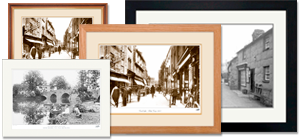
View Sizes & Prices
Memories of Twickenham, King Street c1955
For many years now, we've been inviting visitors to our website to add their own memories to share their experiences of life as it was, prompted by the photographs in our archive. These memories are of Twickenham, King Street c.1955
Sparked a Memory for you?
If this has sparked a memory, why not share it here?

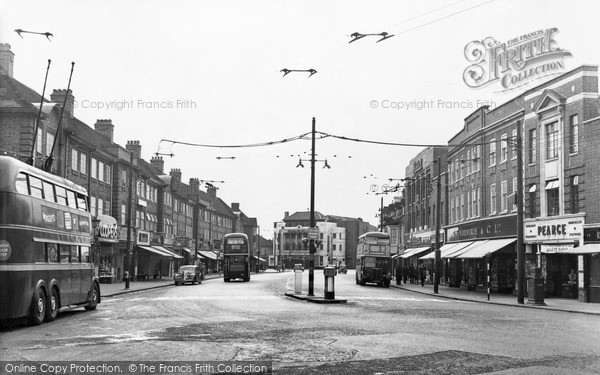
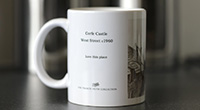





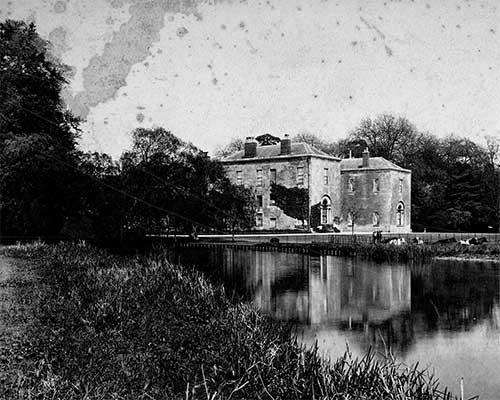 Before
Before
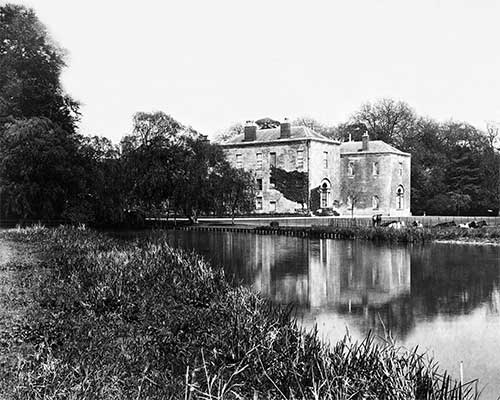 After
After